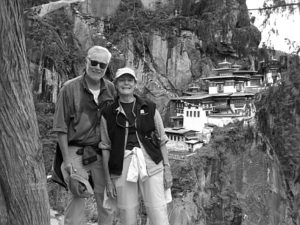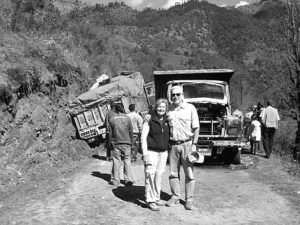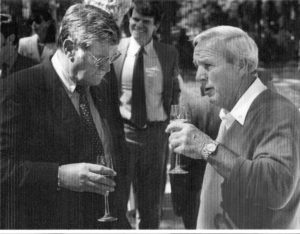In an effort to preserve the longstanding fox hunting tradition steeped within the Carolinas’ Foothills equestrian community, Tryon International Equestrian Center (TIEC) will introduce a new addition to the fall event calendar this season with the Festival of the Hunt (November 7-13), featuring a week of fox hunting competition and fun, culminating with the TIEC Field Hunter Championships presented by Adequan® on Saturday, November 12.
The Festival of the Hunt will begin on Monday, November 7, and continue through Sunday, November 13, offering four days of fox hunting opportunities for any member of the Masters of Foxhounds Association (MFHA) who have obtained a valid NC/SC Fox Hunting license. The week will feature three separate days of fox hunting led by three local hunts including the Tryon Hounds, Shakerag Hounds, and Green Creek Hounds. Click here to download the 2016 Festival of the Hunt Entry Blank.
A highlight of the week will be the first annual TIEC Field Hunter Championships presented by Adequan® hosted on the new Grass Complex at 11:00 a.m. on Saturday, November 12. The event will feature 25-30 hunt combinations selected throughout the week by four mounted judges. Combinations invited to compete in the TIEC Field Hunter Championships presented by Adequan® will be asked to participate in a drag round across the field followed by a “Handy Hunter” round, judged based on style, presentation, and skill.
Spectators can enjoy watching the formal traditions of fox hunting at TIEC on the new Grass Complex. The TIEC Field Hunter Championships presented by Adequan® will offer free kids activities, live music, and ticketed lunch buffet on Saturday, November 12th!
The week will also host several special events for attendees and participants, including the Drew Doggett Art Exhibition presented by UnTACKED in the Legends Club Lobby on Friday, November 11, from 5:30 p.m. to 7:30 p.m. Drew Doggett is a world renowned photographer who has taken a keen interest in equestrian photography. His most recent gallery, which is currently on display in the Legends Club Lobby, exemplifies the beauty of the horse throughout the collection titled “Band of Rebels: White Horses of Camargue.” A short film detailing the behind the scenes of the shoot will also be played during the event.
The Festival of the Hunt Gala, the week’s signature event, will follow the conclusion of the TIEC Field Hunter Championships presented by Adequan® on Saturday, November 12, from 7:00 p.m. to 11:00 p.m. in Legends Club.
For inquiries about the Festival of the Hunt, please email foxhunting@tryon.com and to learn more about Tryon International Equestrian Center (TIEC) please visit www.tryon.com.








